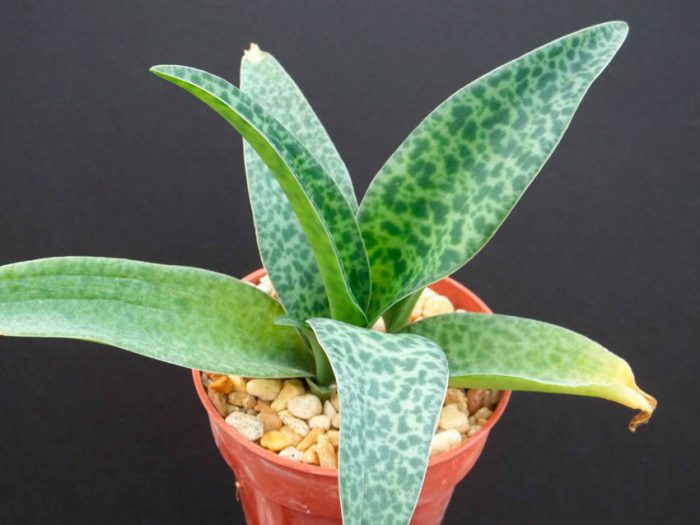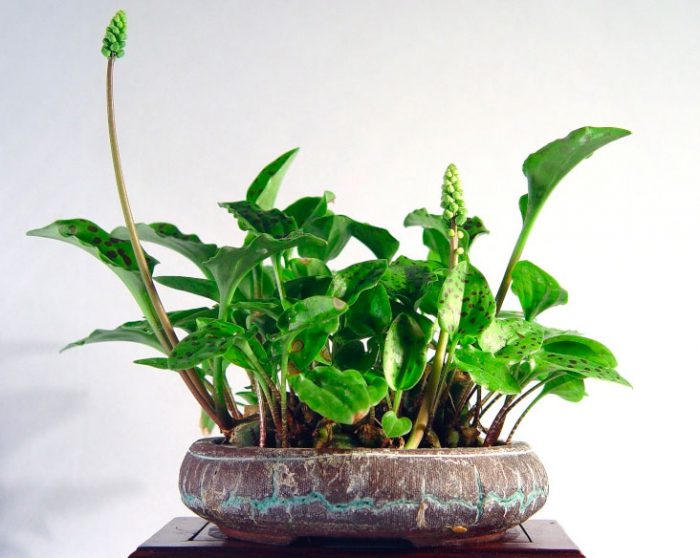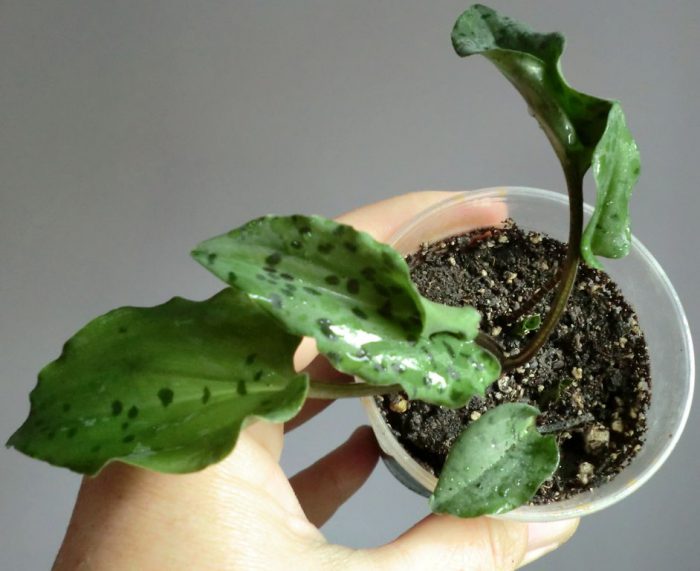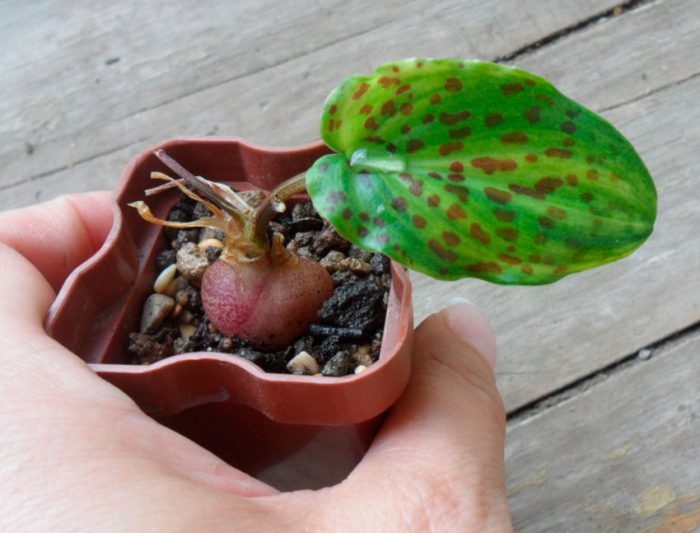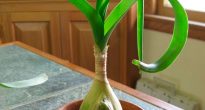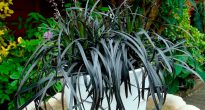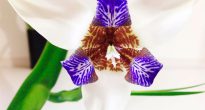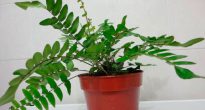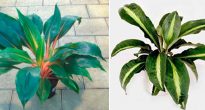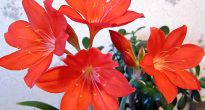A deciduous evergreen like drimiopsis (Drimiopsis) is also called Ledebouria. It is directly related to the hyacinth family (Hyacinthaceae). This plant comes from the tropical regions of South Africa.
This bulbous plant is a perennial. Dark green spots are randomly scattered on the surface of the pale green leaf plate. Spike-shaped or racemose inflorescences bear from 10 to 30 pieces of white small flowers.
This plant is very similar in appearance to eucharis, which is why it is very easy to confuse them. You can distinguish them during the flowering period. So, the small flowers of Drimiopsis, which are part of the spike-shaped inflorescence, do not represent any decorative value, unlike the second plant. And also eucharis has larger leaf plates than drimiopsis.
Content
Drimiopsis care at home
Illumination
Needs very bright light. It should be borne in mind that the brighter the lighting, the richer and more spectacular the leaves of such a plant will be. But experts advise in the summer to protect the plant from the scorching direct rays of the midday sun, since they may well leave burns on the surface of the foliage.
Temperature regime
In spring and summer, the plant needs a temperature of 20 to 25 degrees. With the onset of the autumn period, Drimiopsis is recommended to be placed in a cooler (about 14 degrees) place.
Humidity
Feels normal at low air humidity in city apartments. It is recommended for hygienic purposes to moisten the foliage from the sprayer and wipe it off with a damp sponge (cloth).
How to water
Watering should be regular in the spring and summer. It is produced as soon as the topsoil dries up. To do this, use soft water, which should settle well. With the onset of autumn, watering is reduced. In winter, watering is quite rare, especially during cold wintering. But at the same time it is necessary to ensure that the soil in the pot does not dry out completely.
Top dressing
Top dressing is carried out in spring and summer 2 times a month. For this, fertilizers are used for bulbous plants or for cacti.
Earth mix
A suitable soil should be loose and nutrient-dense. To prepare the soil mixture, it is necessary to combine leaf, turf and humus soil, as well as sand, which must be taken in equal proportions. You can also pour charcoal into such a mixture.
Transplant features
Young specimens are transplanted once a year, while a new pot is taken larger than the previous one, and adults - once every 2 or 3 years (as the bulbs grow). A suitable planting container should be wide and low. Do not forget to make a good drainage layer at the bottom of the container.
Reproduction methods
Can be propagated by onion babies or seeds.
The bulbs should be removed from the mother plant after a dormant period during transplanting or planting. Existing damage on the bulbs must be sprinkled with chopped charcoal before planting.
A species such as Kirk's drimiopsis can be propagated by leafy cuttings. To do this, the sheet plate must be carefully divided into parts, the length of which should vary from 5 to 6 centimeters. Rooted in sand, while a temperature of at least 22 degrees is required. Rooted cuttings are planted in separate pots with a diameter of 7 centimeters.
Pests and diseases
The plant can settle spider mite and shield... You can get rid of the shield with the help of Konfodor or Aktara. By washing the leaves with soapy water made from green soap, you can get rid of the spider mite. Or a hot shower (temperature of about 55 degrees) is also suitable for this purpose, but the soil should not be oversaturated with moisture.
If there is little light, the leaves will become faded, monochromatic, and their petioles will stretch out. If water stagnates in the soil, this can lead to rot on the bulbs.
Main types
Drimiopsis Kirk (Drimiopsis kirkii)
This evergreen plant is bulbous and has a pronounced dormant period. The rounded onion is colored white. Rigid lanceolate leaves taper towards the base. They are painted in a deep green color, and on their surface there are dark green spots, below - greenish-gray. In length, such leaves reach 40 centimeters, and in width - 5 centimeters. Pereshkov are either not present, or they are very short. Peduncle length varies from 20 to 40 centimeters. The spike-shaped inflorescence bears small white flowers. Flowering is observed from March to September.
Drimiopsis spotted (Drimiopsis maculata)
This deciduous bulbous plant is a perennial. Oblong-shaped dark green bulbs are not fully sunk into the soil. The leaf plates have an oval-heart-shaped shape and corrugated edges, in length they reach from 10 to 12 centimeters, while they have a width of 5 to 7 centimeters. There are dark green spots on the green surface of the leaves. The leaves have a long (up to 15 centimeters) petiole. The racemose inflorescence bears flowers with a rather weak, but at the same time pleasant smell. The flower color can be yellow, beige, white or gray. Flowering is observed from April to July. During the dormant period, which is observed in the autumn-winter period, the foliage partially flies around the plant. In autumn, drimiopsis can change the color of the leaf plates to a single color, which is a completely natural process. In springtime, spectacular specks will reappear on the leaves.

